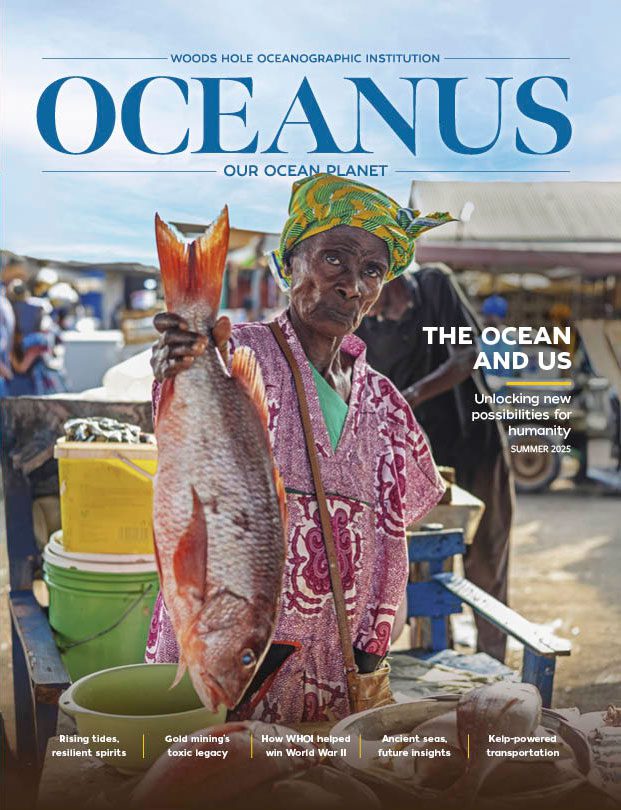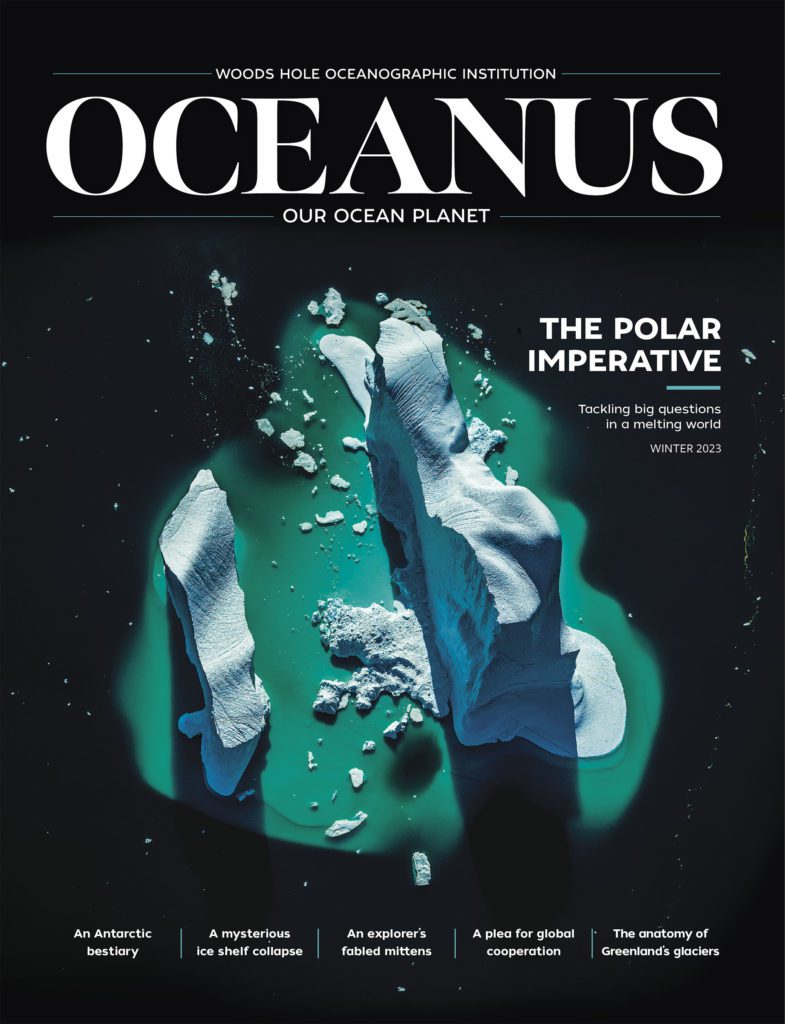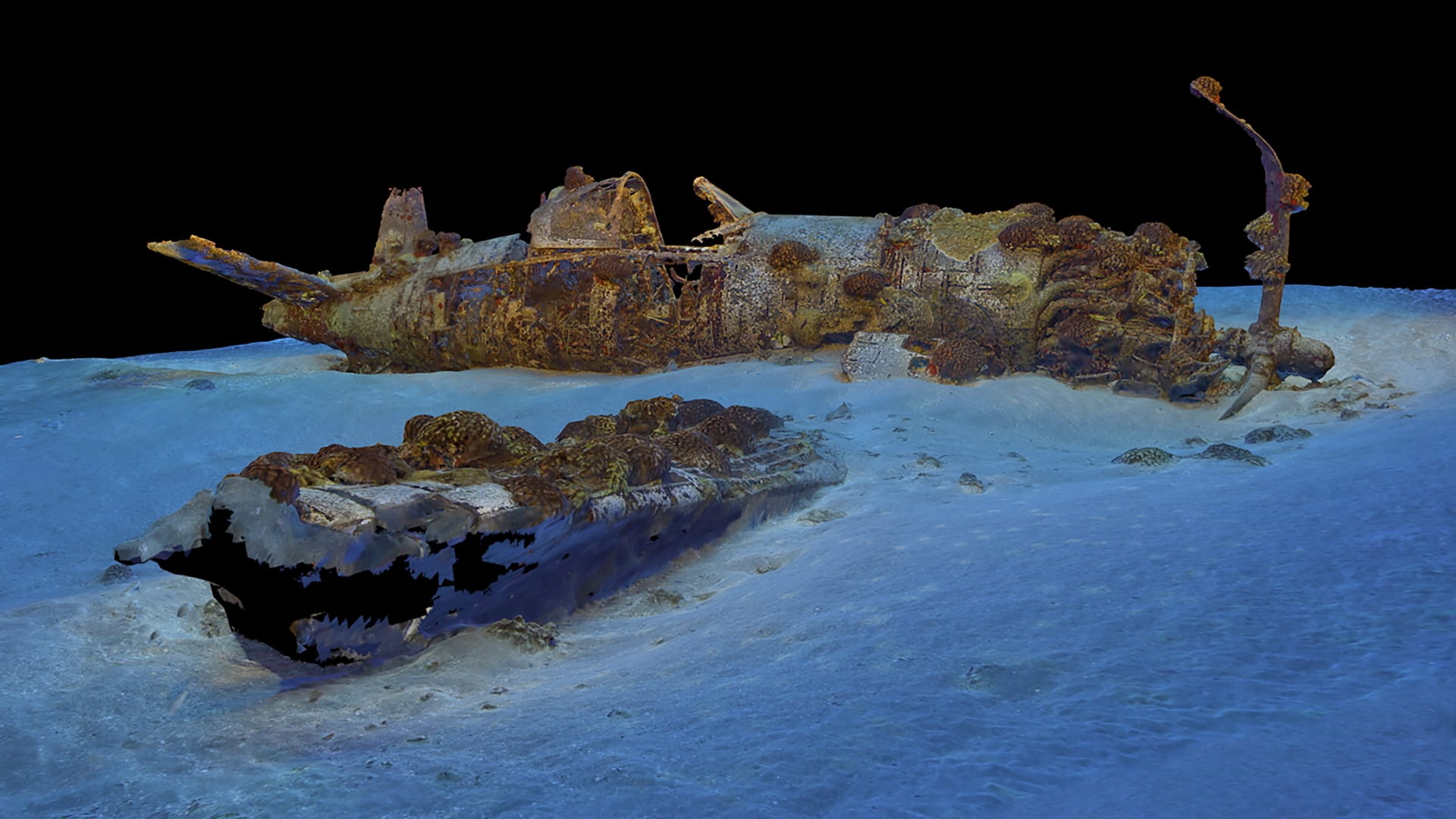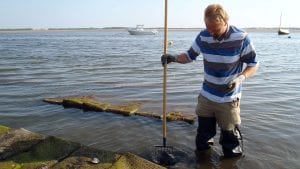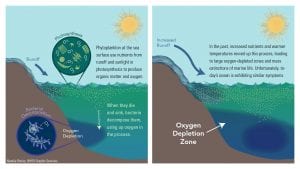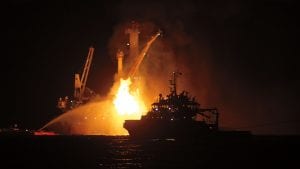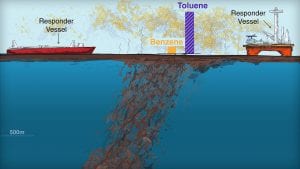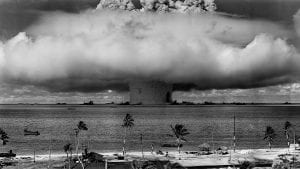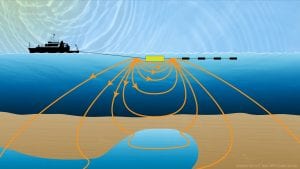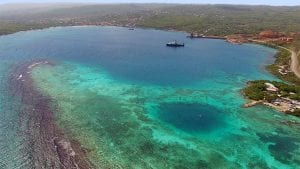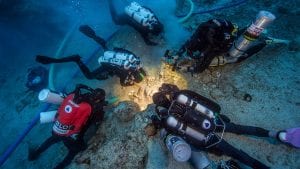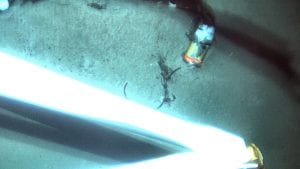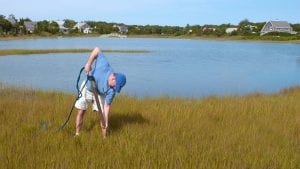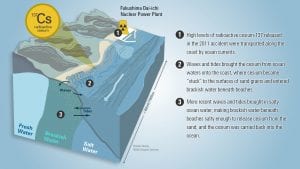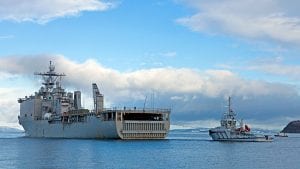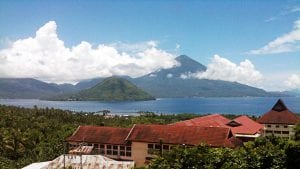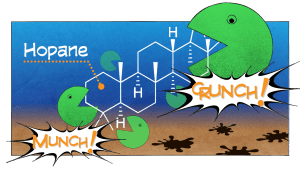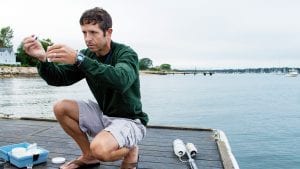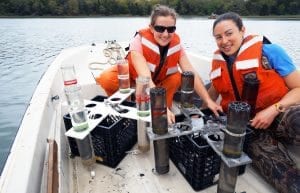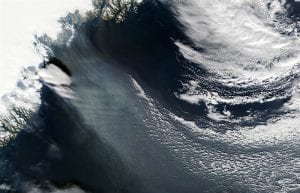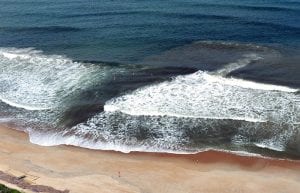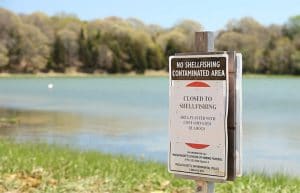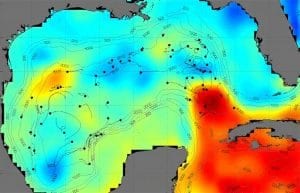Ocean & Human Lives
Re-envisioning Underwater Imaging
A revolutionary new underwater imaging system developed at Woods Hole Oceanographic Institution can generate ultrahigh-definition television video, 2-D mosaic images, and 3-D optical models—images that scientists can spin to view from…
Can Clams and Oysters Help Clean Up Waterways?
Towns in Cape Cod are looking to shellfish not only as culinary treats, but as…
Will Oxygen in the Ocean Continue to Decline?
The living, breathing ocean may be slowly starting to suffocate. The ocean has lost more…
Did Dispersants Help During Deepwater Horizon?
In the heat of the 2010 Deepwater Horizon disaster, U.S. government and industry responders had…
New Air-Launched Devices Help Study Hurricanes
A new breed of autonomous profiling "ALAMO" floats is giving scientists and forecasters a look…
Did Dispersants Help Responders Breathe Easier?
Seven years after the disastrous Deepwater Horizon oil spill in the Gulf of Mexico, the decision…
Back to Bikini
WHOI scientists returned to the Pacific islands of Bikini and Enewetak in 2015 to study…
Fresh Water Below the Seafloor?
Using a new method to distinguish fresh water from oil or salt water, scientists are…
Blue Holes and Hurricanes
Scientists are digging into clues that settle into sinkholes in the seafloor to learn about…
Ancient Skeleton Discovered
International researchers discovered a human skeleton during ongoing excavations of a ship that sank around…
Inside the Sunken USS Arizona
Mike Skowronski (above left) pilots a remotely operated vehicle into the remains of the battleship…
Why Did the El Faro Sink?
WHOI deep-sea vehicles and scientists played critical roles in searching the seafloor and locating the…
More Floods & Higher Sea Levels
A research team predicts potentially big changes within the next century that would have significant…
Radioactivity Under the Beach?
Scientists have found a previously unsuspected place where radioactive material from the Fukushima Dai-ichi nuclear…
Scientists and Navy Join Forces
When U.S. Navy were preparing a major NATO military exercise, they solicited help from WHOI…
A New Tsunami-Warning System
After successfully testing a long-range underwater communications system that worked under Arctic Ocean ice, an…
What Happened to Deepwater Horizon Oil?
Officials pumped a huge amount of chemicals into the deep ocean during the 2010 Deepwater…
As Bay Warms, Harmful Algae Bloom
Warming coastal waters off southern Massachusetts are worsening the effects of pollution from septic systems,…
A Luxury-Laden Shipwreck from 65 B.C.
Scientists returned in 2015 and 2016 to the wreck of a 180-foot ship that sank…
Not Just Another Lovely Summer Day on the Water
It looks like nice summer day on the water, but Alexis Fischer (right) and Alice…
Ice, Wind & Fury
Greenlanders are well away of piteraqs, the hazardous torrents of cold air that sweep down…
The Riddle of Rip Currents
Rip currents claim more than 100 lives in the United States each year and are…
Setting a Watchman for Harmful Algal Blooms
As harmful algal blooms are becoming more frequent and severe worldwide, researchers in the lab…
Hidden Currents in the Gulf of Mexico
The Deepwater Horizon oil spill five years ago gave new impetus to investigating unknown subsurface…
